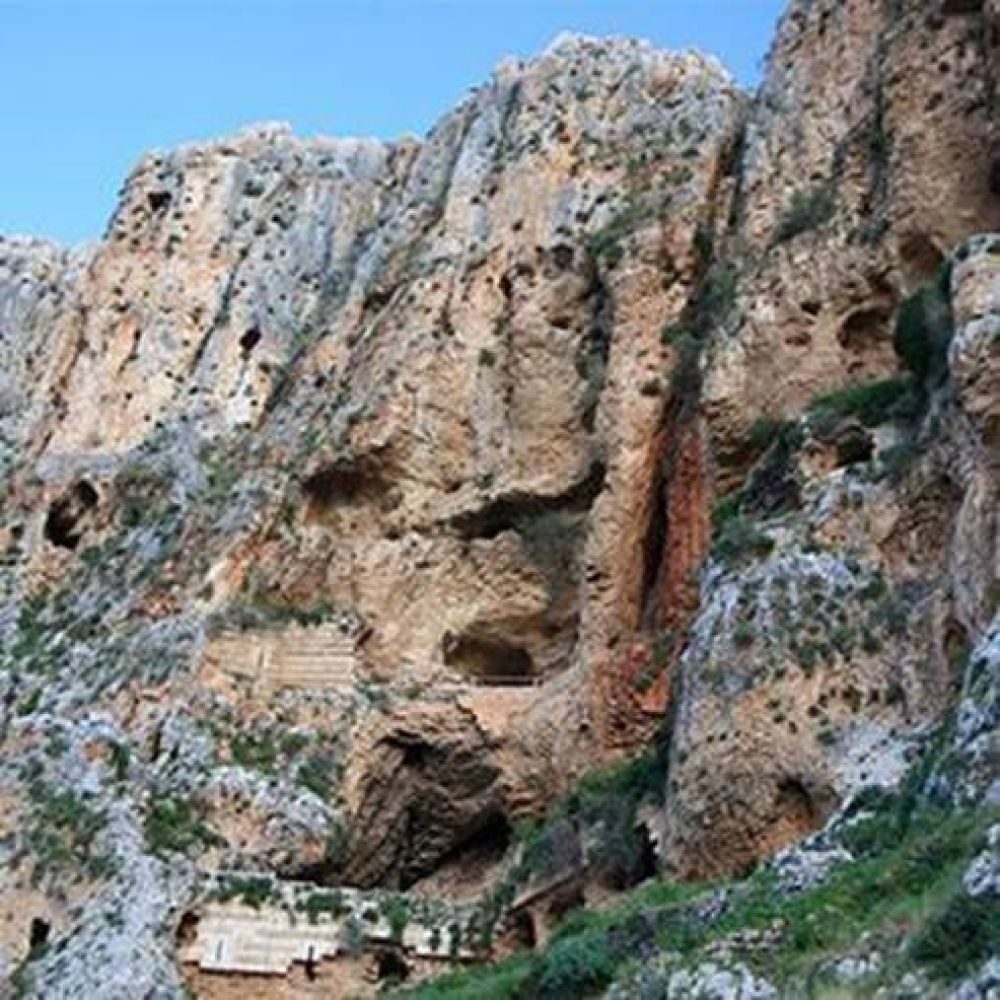

The history of tourism in Arbel National Park and Nature Reserve is as rich as the land itself. Located near Tiberias and the Sea of Galilee, the Arbel cliff has been a strategic and historical vantage point for various cultures over millennia. From ancient battles to the development of monastic communities, the significance of Arbel has been recognized and appreciated by a diverse array of peoples and civilizations.
Early Interest and Religious Significance: Initial tourist interest in Arbel can be traced back to its Biblical connections and its mention in Jewish texts such as the Talmud. Jewish, Christian, and Muslim pilgrims have historically visited the area, drawn by its spiritual and historical weight.
Ottoman Era to the British Mandate: Under the Ottoman rule and later during the British Mandate, the nature reserve gained attention from scholars and travelers from Europe, documenting its unique geographical features and ruins. The late 19th and early 20th centuries saw an upsurge in exploration which, in turn, generated wider international interest.
Establishment of the State of Israel: With the establishment of the State of Israel in 1948, Arbel's significance as a natural and historical site was recognized by the new government. Efforts were made to conserve the area and facilitate visits, leading to the establishment of the Arbel National Park and Nature Reserve in the 1960s.
Eco and Sustainable Tourism: In recent years, there has been a push towards eco-friendly policies to maintain the park's ecological system. Tourists are now more inclined towards sustainable tourism practices which minimize their impact on the environment.
Adventure Tourism: Arbel is becoming a hub for adventure tourism, as visitors come for activities like hiking, rock climbing, and bird watching. Its cliffs offer challenging opportunities for climbers and spectacular views for nature lovers.
Technology Integration: The latest technology trends include the development of augmented reality (AR) apps to enhance the visitor experience, providing interactive tours and detailed historical recreations of the Arbel fortress and ancient synagogues located within the reserve.
Cultural and Heritage Tourism: Focusing on the rich history of the area, visitors can enjoy tours that showcase the remnants of Hellenistic, Roman, and Ottoman occupation. The Cave Fortress and the remains of the ancient village are particularly popular attractions.
Wine Tourism: Thanks to the region's growing wine industry, Arbel National Park is also part of a broader wine tourism trend in Northern Israel, where visitors can enjoy local wines and the scenic vistas of the vineyards within the nearby Golan Heights and Galilee regions.
Health and Wellness Tourism: The serene landscape of Arbel and the nearby Sea of Galilee have become centers for health and wellness retreats, capitalizing on the tranquil natural environment as a means for relaxation and rejuvenation.
In summation, Arbel National Park and Nature Reserve is an area steeped in history, with each epoch contributing to the rich tapestry that makes up the current tourism landscape. From early religious travelers to modern-day eco-tourists and adventure seekers, Arbel continues to be a significant draw for a wide variety of visitors, each looking to capture a piece of its timeless essence.